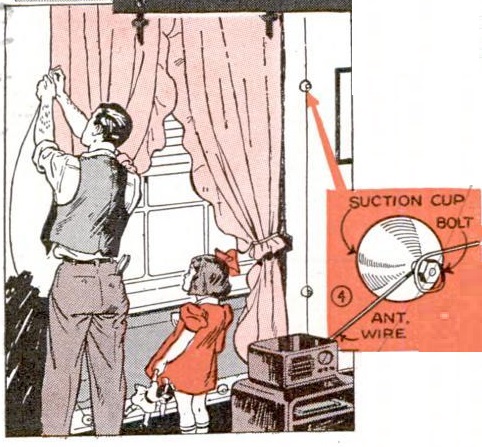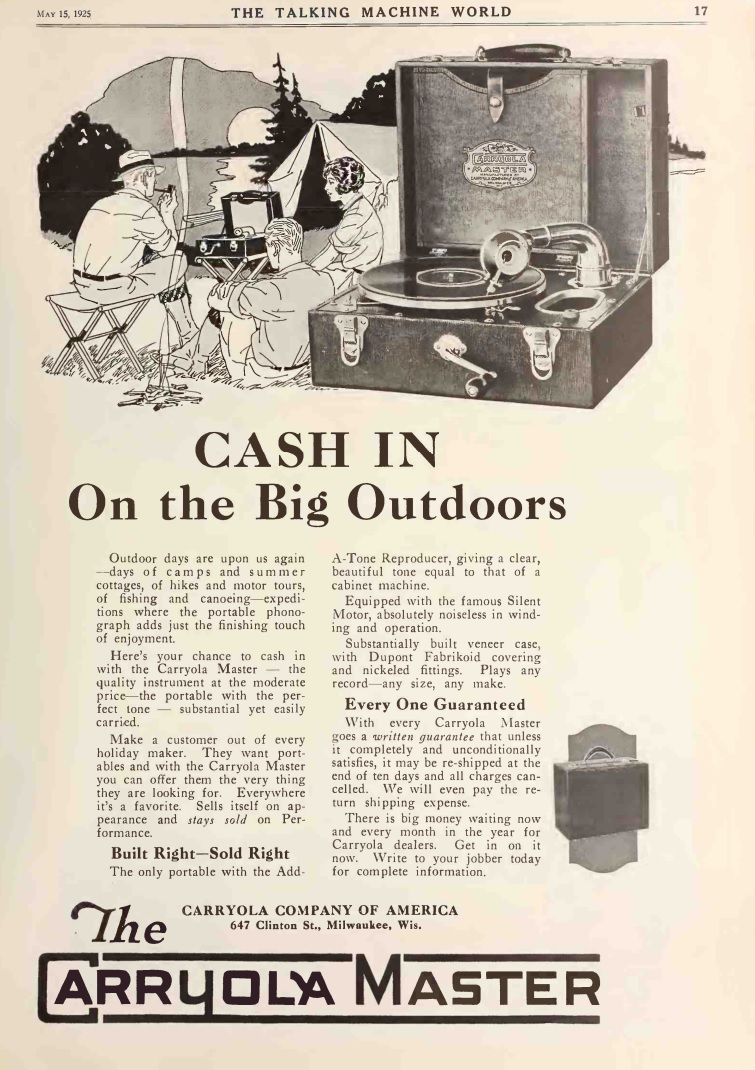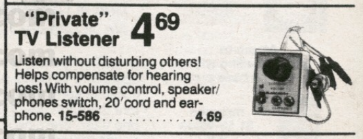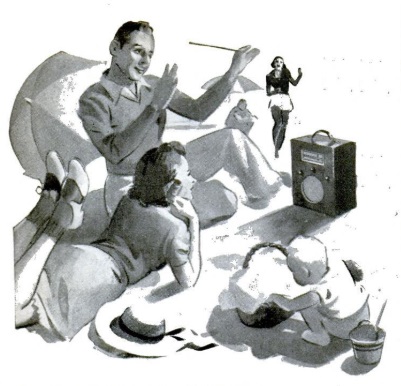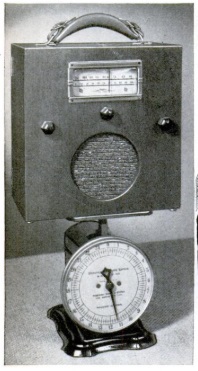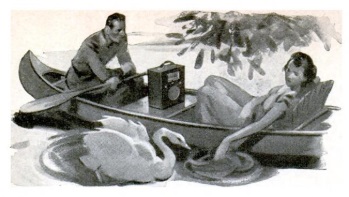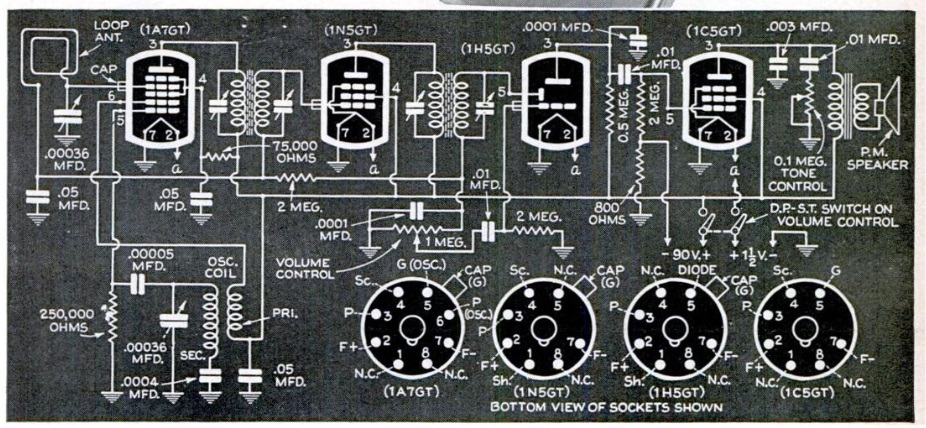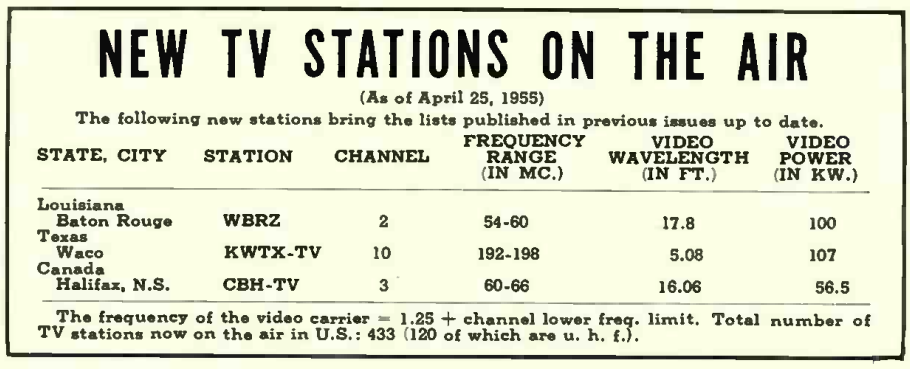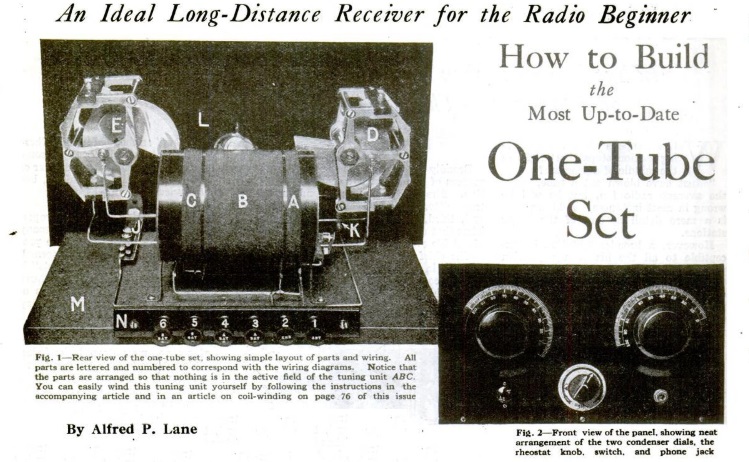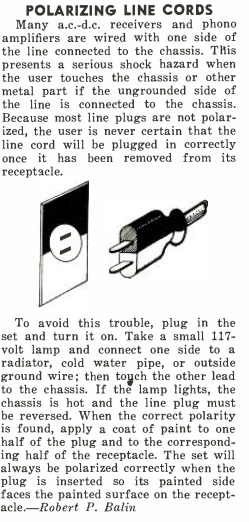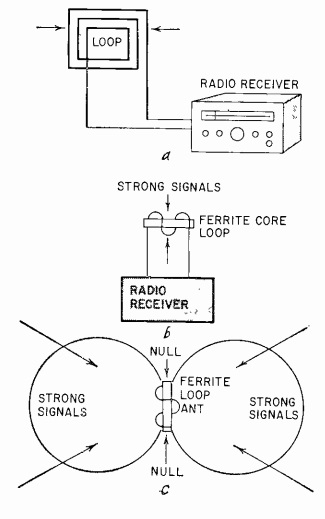 Sixty-five years ago this month, the May 1960 issue of Radio Electronics showed that a portable AM radio can made a surprisingly good direction finder. The loop antenna is typically directional, and has sharp nulls as it is pointing directly at the station. You can use this effect to determine your location quite accurately by taking readings from two stations, and plotting them on a map from the station’s known location. The lines should intersect at your exact location.
Sixty-five years ago this month, the May 1960 issue of Radio Electronics showed that a portable AM radio can made a surprisingly good direction finder. The loop antenna is typically directional, and has sharp nulls as it is pointing directly at the station. You can use this effect to determine your location quite accurately by taking readings from two stations, and plotting them on a map from the station’s known location. The lines should intersect at your exact location.
I have done this before, and by using local AM stations, I can plot my exact location within a few hundred yards. At night, by using distant stations, I can determine my location within a few tens of miles.
Since the radio’s antenna is typically parallel with the case, you can do a good job of plotting by simply laying the radio on the map, and using it as a straight edge. But the article shows a more refined method. You can use an HO-scale model railroad turntable and mount the radio on that. This provides a handy crank, and you can calibrate the dial with exact directions.
A further refinement was to obtain a surplus pelorus and mount the radio in that. This would allow very exact visual bearings to the station. Unfortunately, there don’t seem to be many surplus peloruses (yes, that’s the correct plural) in circulation these days.
Once you know your position, you can navigate directly toward one of the stations by placing your radio parallel with your boat, and simply keep the signal nulled.
Some links on this site are affiliate links, meaning that this site earns a small commission if you make a purchase after using the link.
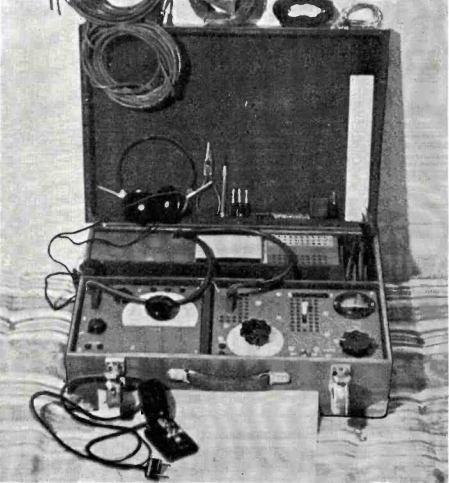 Eighty years ago this month, the May 1945 issue of Radio News showed this transmitter-receiver mounted in an “innocent-looking traveler’s suitcase,” and seized from a German spy by agents of the FCC Radio Intelligence Division. It was said to be substantially built and of an up-to-date circuit design. It included a tool set, vibrator power supply, and wire for erecting antennas.
Eighty years ago this month, the May 1945 issue of Radio News showed this transmitter-receiver mounted in an “innocent-looking traveler’s suitcase,” and seized from a German spy by agents of the FCC Radio Intelligence Division. It was said to be substantially built and of an up-to-date circuit design. It included a tool set, vibrator power supply, and wire for erecting antennas.
